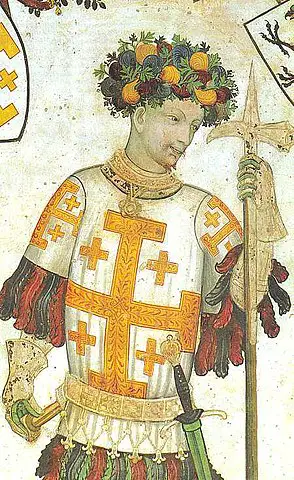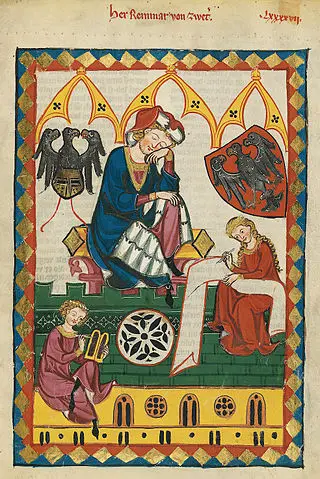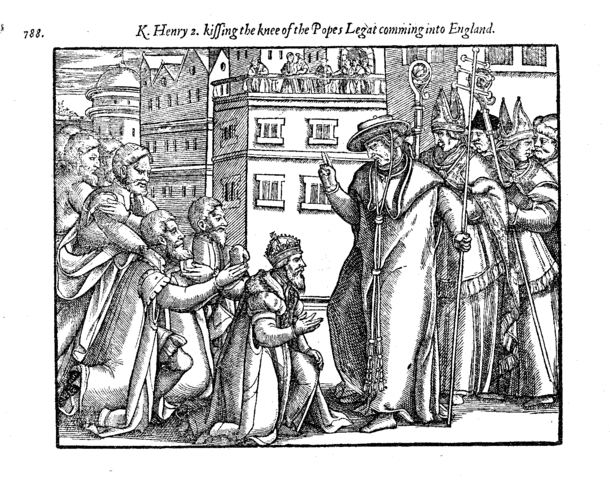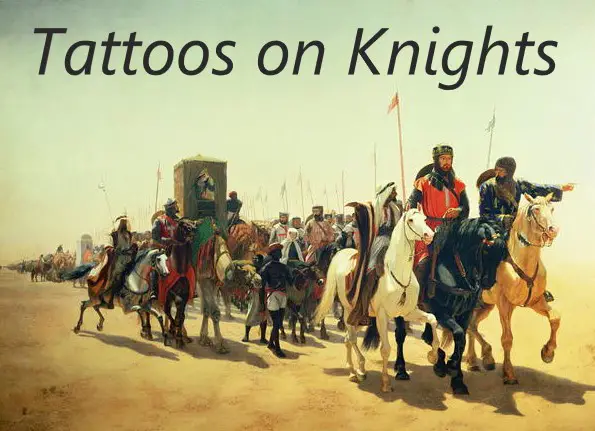
| Further Reading | The Top 5 Fun Facts About Medieval Knights |
When it comes to knights of medieval Europe one of the most popular questions that I get emailed to me is whether or not medieval knights got tattoos. Well, it is hard to say for certain as there were over 30 million people in medieval Europe during the high middle ages but here is everything you will ever need to know about medieval knights and tattoos.
Generally speaking, medieval knights did not get any tattoos on their bodies. This was not because of religious reasons but rather because it was difficult to find tools for a knight to get tattooed. That being said however there are some rare accounts of what we would call knights having tattoos.
Here at The History Ace, I pride myself on providing the best history articles on the internet. I thoroughly enjoy writing for you all and providing history in an easy-to-approach yet thorough manner. If you have any pressing history questions feel free to email me. Further, you can also share this article around the internet if you wish to; it really helps.
Without further ado, here is everything you will ever need to know about the question of whether or not medieval knights got tattoos.
Tattoos Were Seen As UnCivilised During Early Medival Europe (450-747 AD)

Knights were members of the social elite of medieval Europe. They were lords, barons, and high-ranking officers in the army. Aside from fighting and training a medieval knight would spend his time socializing and working to secure his spot within the realms court.
Because of this, a medieval knight would have had to both play the part and look the part of the social elite. Part of this was not decorating their skin or doing really anything to stand out. As such tattoos were simply not seen at a royal court.
The main reason why tattoos were not seen on the bodies of knights during the medieval era was because of the view that the social elite had on those who had tattoos. We know from ancient primary sources such as Tacitus, the Roman historian, that tattoos were only seen on ‘barbaric’ people such as the Celtic tribes of Britain.
This view that the Romans held was transferred through emulation up through the medieval ages as lords and nobility attempted to copy the Roman Empire in both power and culture. This also meant that the stance of ‘pure’ and clean bodies was transferred over time to the knights.
However, this would all start to change during the middle part of the medieval period.
Certain Tattoos Become Allowed By The Medieval Church in 787-1000 AD

In 787 AD the Catholic Church congregated in England to hold a meeting. The purpose of this meeting was to begin to establish a formal relationship between the medieval church and the kingdom of England.
Out of the several meetings that took place in 787 came a formal ruling on the stance of tattoos in catholic controlled medieval Europe. The ruling was that while tattoos were deemed generally offensive those that were obtained to show devotion to the Christian faith were instead admired.
The reason this change took place was due to the early Christian church’s reports of members being persecuted by the Romans for marking themselves as Christian. As historians, we have very little evidence left from this time period (100-300 AD) but it appears that there existed Catholic tattooing before the medieval period.
However, it took up until 787 for the Medieval Catholic church of Europe to start to decide that certain tattoos were permissible. The official stance was unique in the fact that the church leaders at this meeting believed that all tattoos were pagan in form but that they recognized that images of Christianity were an exception to this rule.
Historians will never know if this stance on tattoos by the church was because of the then-contemporary conflicts between the native Celts of the British Isles. Any potential history students out there looking for a great research project will find substantial opportunities for both research and funding in this topic.
Medieval Knights Getting Tattoos In The Crusades

So, believe it or not, up until the 15th century the dictionary of medieval Europe had no clear definition of a tattoo. This is important to know because we have reports of several medieval knights having religious icons mysteriously appear on their bodies.
Remember that many of these knights, they had to play the part of an esteemed member of their realm’s social circle. Getting tattoos might have set them as inferior in a social setting so having religious iconography magically appear on their skin while out on crusade was a symbol of devotion.
We as historians have a couple of examples of members of the medieval Catholic church marking their bodies as a sign of devotion between 1100 AD and 1500 AD. These markings can be seen as basic forms of tattoos as the idea was to convey a message by marking the skin. In some semblances, you might call this art.
The most popular one of these examples was a Franciscan friar named Henry Suso. Suso lived in Germany during the 13th and 14th centuries and practiced a form of self-marking of the body with needles as a way to demonstrate his faith.
As such it is not hard to imagine that Suso’s contemporaries in the severely less religiously structured society of the crusades would not have been open to practicing a form of tattooing. Because of this, you might have seen several tattoos on knights if you were around during the crusade. However, they would have likely told you that they magically got them.
Simply put, medieval knights more than likely got tattoos. However, they would have had to be tattoos of religious iconography or the knight would have run the risk of being labeled as a pagan. This process of knights getting tattoos would have been taboo and started around the 8th century AD and would have continued up until the modern era.
Conclusion
There you have it; everything you would ever want to know about wheather or not medieval knights got any tattoos.
In the end, we simply do not know enough to say if tattooing was widespread among the knights of medieval Europe. Did some knights get tattoos? Absolutely, but it was probably more of a rarity than a commonly seen thing.
I hope you enjoyed this article. Here at The History Ace, I strive to publish the best history articles on the internet. Feel free to sign up for the free newsletter and share it around the web. Every share helps me help other people learn and love history.
Further, you can check out some of my other articles below.
-
Tattoos and Medieval Knights: 3 Things You Should Know

Did medieval knights get tattoos? Well in some sense yes they did but it might not be what you think. Here is everything on the subject.


